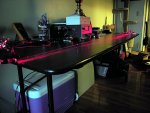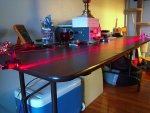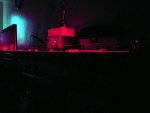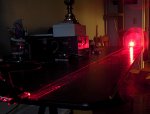- Joined
- Jan 2, 2009
- Messages
- 11,800
- Points
- 0
Kind of ironic I had an LOC running straight off 2 AAA batteries for over 20 minutes total time. And the person I traded it to says its still going.
Touching any plumbing pipe will discharge ESD from your body. Kitchen sink faucets work well.
Touching any plumbing pipe will discharge ESD from your body. Kitchen sink faucets work well.









